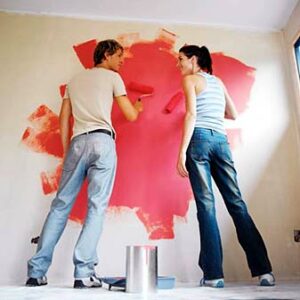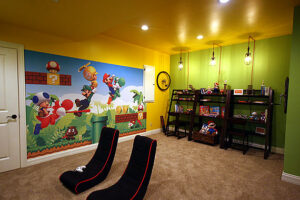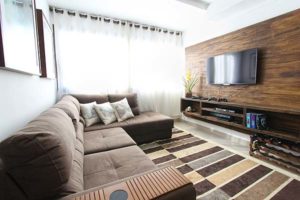The purpose of colors is not only to beautify your interior but also to elicit psychological effects. Colors communicate, pass information, and evoke emotional responses. If you look around, you will notice that colors play an essential role in everyday life. For instance, a colorful playground spurs the feeling of youthfulness and joy. Also, traffic controls make use of colors to communicate and pass information to road users. In this piece, we’ll take a thoughtful look at the psychological effects of color in interior design.
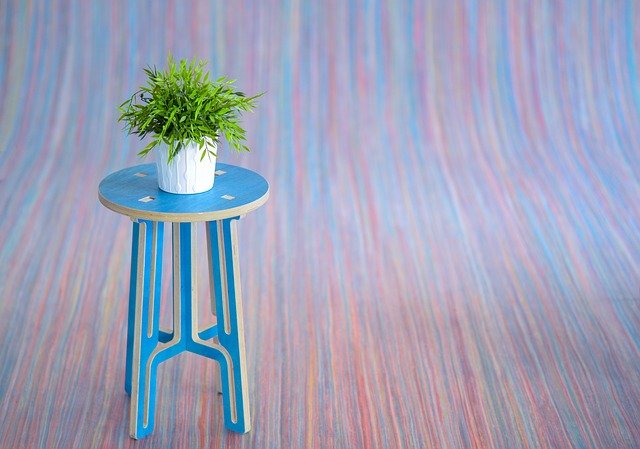
Psychological Effects of Color in Interior Design
It is essential to understand how colors work and the impact they create. That will help you to use them wisely in your interior design. Just as colors are beneficial in other aspects of life, they are essential in interior design.
We all know how beautiful colors in our outdoor spaces make us feel. However, several people only consider color as an accessory that serves only to beautify the interior. Every color you use on the furniture or wall will create a psychological impact on the occupants.
Some colors can boost energy levels, while others can feel depressive. For these reasons, it would be best if you are deliberate with your choice of colors depending on the effects that you intend to create.
In this article, we will analyze the psychological effects of colors in interior design.
1. The psychological effect of white in interior design
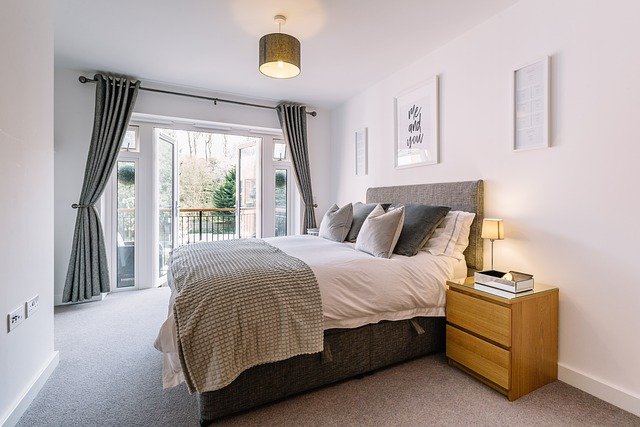
The white color stands for purity, innocence, wholeness, and completion. Most landlords prefer to decorate their rental property with white because it is a neutral color that matches any furniture. Also, it makes a smaller room appear bigger, livelier, fresher, and crisper.
As a result, says Limehouse Management, most tenants will find the apartment attractive. However, the excessive use of white is not ideal. That is because it can make the room look sterile. We recommend that you offset white with other colors such as blue, yellow, or green.
White can span the whole spectrum of colors depending on the undertone. White that has a yellow undertone looks relaxing, soft, and creamy. It will match any warm or neutral color. Also, if you match white with blue, it will make the interior look fresh.
2. The psychological effect of black in interior design
Black signifies wisdom, mystery, formality, elegance, authority, and sophistication. However, we advise that you avoid covering all the surfaces with black. Rather, use black as an accent. If you use black all through, it will make the room dull and gloomy.
It would be best if you complement black with contrasting colors. For instance, you can use black for picture frames, curtains, tables, and other accessories. Black is an ideal color for offices to convey authority and formality.
3. The psychological effects of blue in interior design
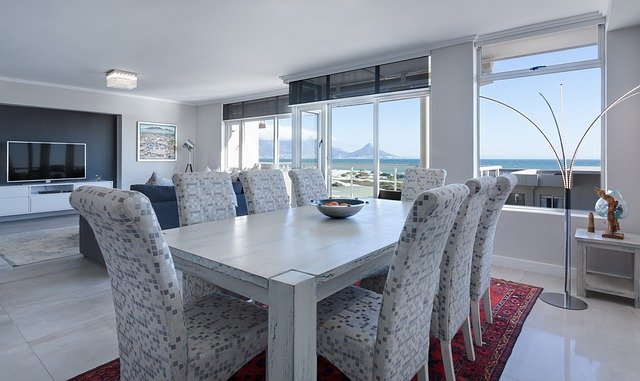
Blue is the color of the sky and sea. It signifies truth, trust, loyalty, faith, intelligence, wisdom, confidence, stability, and depth. Blue stimulates peace, tranquillity, and calming effects. It is a favorite color for many people.
However, the excessive use of blue color can feel depressing. For this reason, we suggest that you balance blue with other complementary colors. Ideal places where you can use the color blue are bathrooms, spas, and bedrooms.
4. The psychological effects of yellow in interior design
Yellow signifies happiness, joy, warmth, prosperity, springtime, sunshine, and sympathy. It stimulates energy and intelligence. For this reason, it is suitable for schools and nurseries.
Bright tones of yellow stimulate energy, whereas dark tones symbolize sickness and jealousy. Excessive use of yellow color can be overstimulating to the mind, so it would be best to use it with caution.
5. The psychological effects of red in interior design
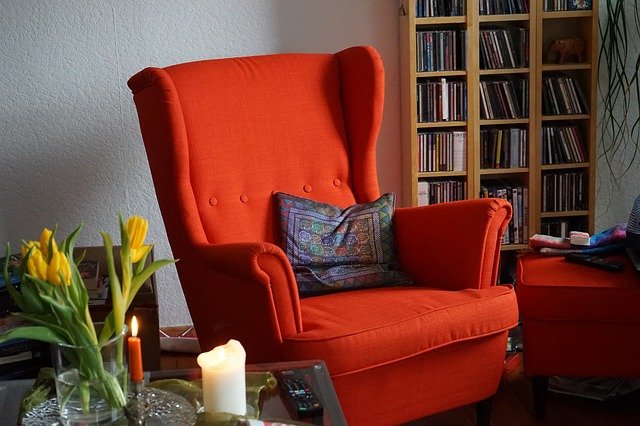
Red symbolizes energy, excitement, passion, love, desire, power, strength, danger, anger, and war. It is a hot color that stimulates energy and appetite. That is why it is an ideal color for dining rooms, kitchens, and restaurants.
Some people use it in bedrooms because they believe that it produces aphrodisiac effects. However, excessive use of red can be overstimulating, leading to restlessness. So we advise you to use red sparingly.
6. The psychological effects of purple in interior design
The color purple symbolizes royalty, luxury, mystery, uncertainty, creativity, and wisdom. You can use the lighter tones of purple to evoke calm in a room. There are various shades of purple that you can use in the room to obtain specific effects. For instance, using lavender in your bedroom can help you to sleep better.
7. The psychological effects of green in interior design
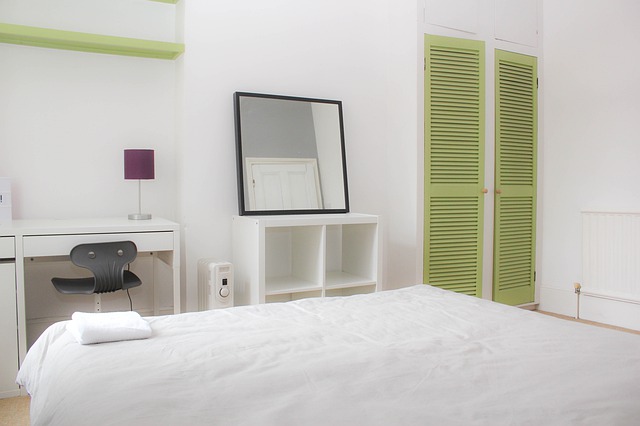
Green symbolizes freshness, nature, renewal, rebirth, spring, and growth. It balances emotions by creating an equilibrium between the mind and the heart. The color green is ideal for bedrooms, living rooms, and offices. However, excessive use of green can also feel depressing.
In a Nutshell
The color you choose for a particular space should blend with the occupant’s personality and the effects you intend to elicit. And whatever color you choose, ensure that you do not use it in excess. We hope you have enjoyed learning about how the psychological effects of color in interior design can help you achieve the goals you have for your home.

